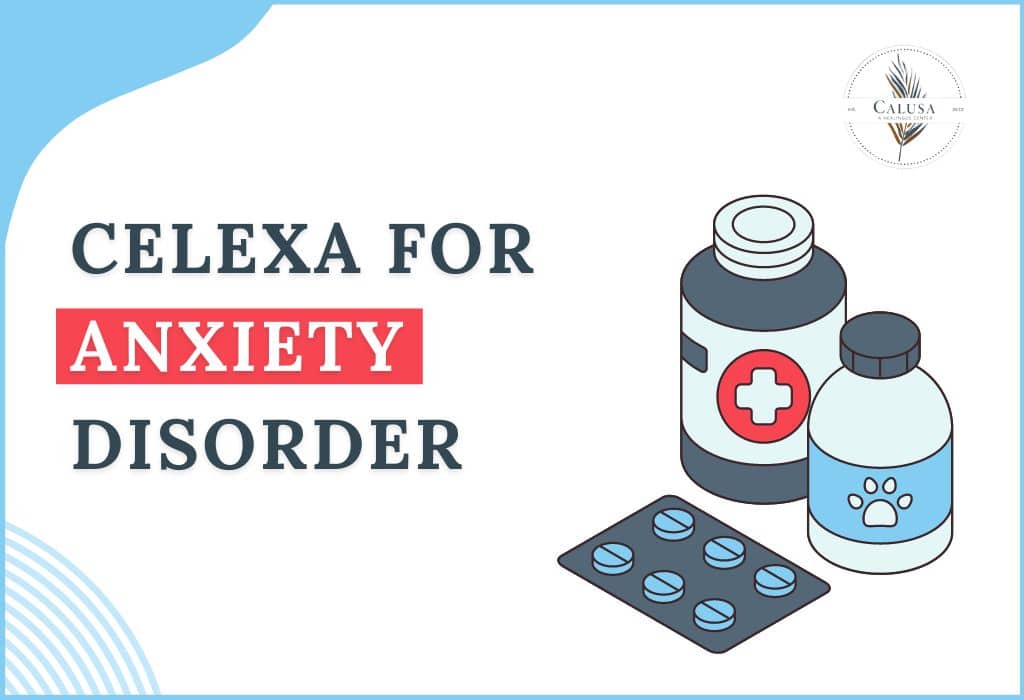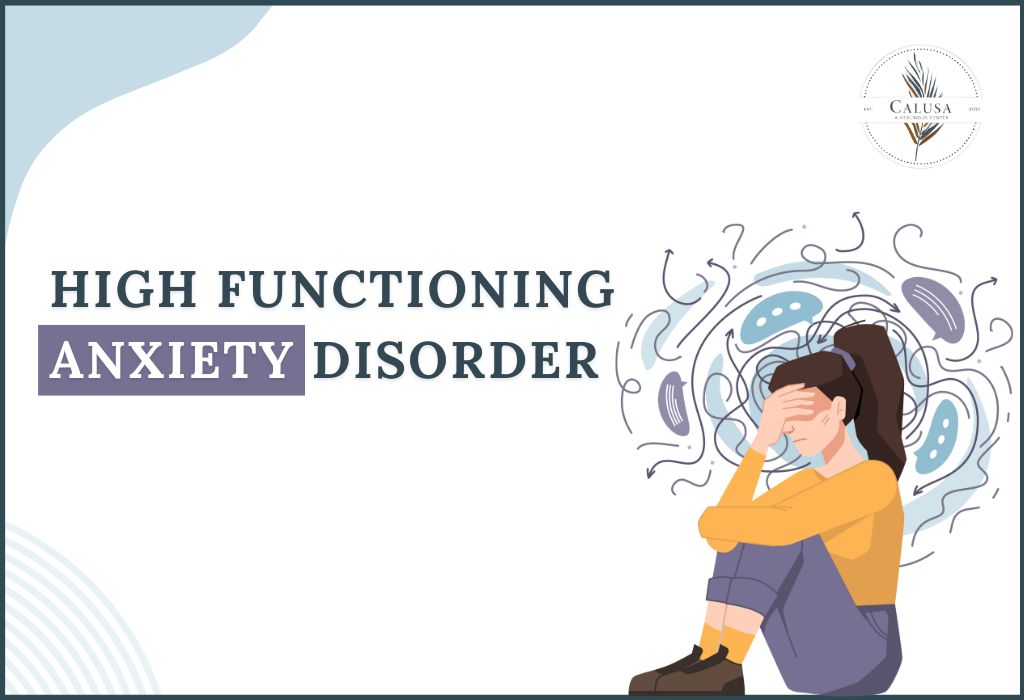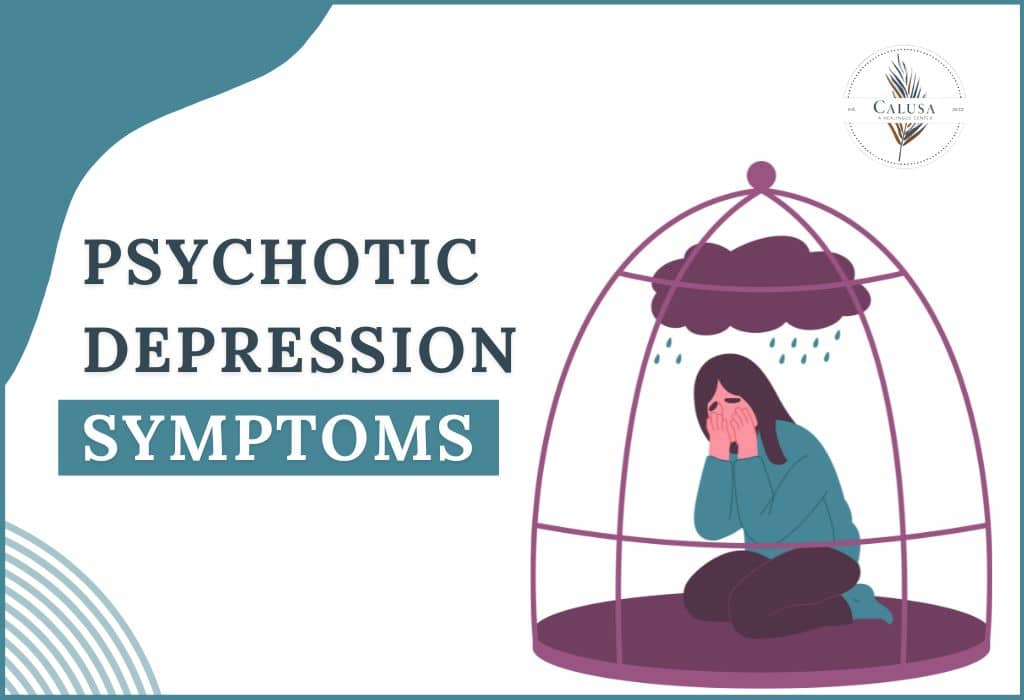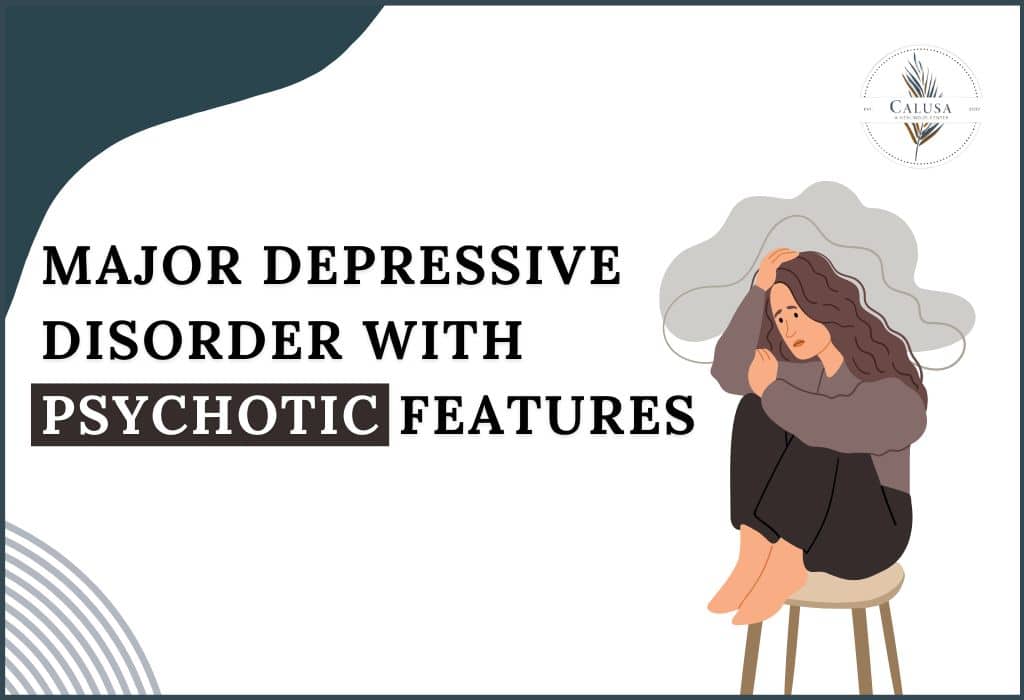OCD and paranoia are often like two roads on a map, seemingly distinct destinations. But for some individuals, these paths can unexpectedly converge, creating a complex and challenging experience. In this blog, we’ll look into the world where OCD and paranoia cross, exploring the nature of each condition and why understanding this connection is crucial.
If we speak about OCD, Imagine intrusive thoughts that won’t leave you alone, whispers of doubt that morph into overwhelming anxieties. These are the hallmarks of OCD. People with OCD experience recurrent, obsessions that trigger a powerful urge to perform compulsions aimed at soothing the distress. It’s a cycle that can be difficult to break free from.
Now, let’s talk about paranoia. This isn’t just healthy skepticism, it’s a pervasive sense of distrust and suspicion. People with paranoia often believe others harbor malicious intent, even in the face of contradictory evidence. This constant feeling of being under threat can be incredibly isolating and debilitating.
Understanding this interplay is important. By recognizing the potential connection between OCD and paranoia, mental health professionals can develop more effective treatment plans that address both sets of symptoms.
OCD: Intrusive Thoughts and Repetitive Behaviors
Obsessive-compulsive disorder (OCD) can be a bewildering experience. This section will shed light on OCD, untangling its definition, symptoms, causes, and the significant impact it can have on daily life.
Unpacking the Core of OCD
At its heart, OCD is a mental health condition characterized by two key elements:
- Obsessions: These are recurrent, intrusive thoughts, images, or urges that feel difficult to control. They often center around themes of contamination, order, harm, or morality, causing significant anxiety and distress.
- Compulsions: Repetitive behaviors or mental acts that individuals feel driven to perform in response to their obsessions. These compulsions are aimed at reducing anxiety, even though they may not be logically connected to obsessive thoughts.
Roots of OCD
The exact cause of OCD remains unknown, but several factors are believed to contribute to its development:
- Brain Chemistry: Imbalanced levels of certain neurotransmitters, such as serotonin, may play a role.
- Genetics: Having a family history of OCD increases the risk of developing the condition.
- Environmental Factors: Childhood trauma or stressful life events may trigger OCD in individuals who are already predisposed.
The Shadow OCD Casts on Daily Life
OCD can significantly disrupt daily functioning. The time spent obsessing and carrying out compulsions can interfere with work, school, relationships, and overall well-being. Here’s how OCD can impact daily life:
- Social Interactions: Fears of contamination or harming others can make social situations difficult.
- Work and School Performance: Difficulty concentrating due to intrusive thoughts can hinder academic or work performance.
- Emotional Distress: The constant cycle of obsessions and compulsions can lead to significant anxiety, depression, and feelings of shame.
Understanding the core of OCD, its potential causes, and the impact it has on daily life is crucial for both individuals struggling with OCD and those who support them. The next section will delve into the risk factors associated with OCD and paranoia specifically.
Understanding Paranoia
Paranoia is a state of mind characterized by an irrational and persistent feeling of distrust or suspicion toward others. People experiencing paranoia may believe they are being threatened, harassed, deceived, or conspired against, even in the absence of any evidence.
Definition and Characteristics of Paranoia
Paranoia can manifest in various ways, but some common characteristics include:
- Intense distrust and suspicion: People with paranoia may be suspicious of everyone’s motives, even close friends and family. They may misinterpret harmless actions or comments as threats.
- Preoccupation with hidden meanings: People with paranoia may read hidden meanings into everyday events or conversations. For example, a friendly smile might be interpreted as a sign of mockery or condescension.
- Hypervigilance: People with paranoia may be constantly on guard, scanning their environment for potential threats. This can lead to anxiety and difficulty relaxing.
- Difficulty forgiving: People with paranoia may hold grudges for a long time, even for minor slights.
- Social isolation: Due to their distrust of others, people with paranoia may withdraw from social activities and relationships.
- Grandiosity: In some cases, paranoia may be accompanied by feelings of grandiosity, where the person believes they are especially important or targeted by powerful forces.
It’s important to note that occasional suspicion or mistrust is normal. However, when these feelings become persistent, irrational, and interfere with daily life, it may be a sign of paranoia.
The Link Between OCD and Paranoia
OCD and paranoia, while distinct conditions, can exhibit surprising connections. Understanding these overlaps is crucial for accurate diagnosis and effective treatment.
Common Features and Overlaps
- Intrusive Thoughts and Rumination: OCD is characterized by intrusive thoughts that cause anxiety. People with OCD may ruminate on these thoughts, fearing their potential consequences. This rumination can fuel paranoid beliefs, where these anxieties morph into suspicions about the environment or others’ intentions.
- Need for Certainty and Control: Both OCD and paranoia stem from a desire for certainty and control. In OCD, compulsions are attempts to gain control over intrusive thoughts and reduce anxiety. Paranoia can manifest as a need to control situations or people to prevent perceived threats.
- Misinterpretations and Hypervigilance: People with OCD may misinterpret neutral events as signs of their intrusive thoughts being true. Similarly, paranoia can lead to misinterpretations of everyday interactions as evidence of hidden motives or threats. Both conditions can cause hypervigilance, where individuals are constantly on guard for potential dangers.
Shared Neurological and Psychological Mechanisms
While the exact causes of OCD and paranoia are not fully understood, research suggests potential shared mechanisms:
- Neurological Abnormalities: Studies have identified abnormalities in brain activity related to both OCD and paranoia, particularly in the frontal cortex and limbic system, which are involved in decision-making, emotional processing, and fear.
- Cognitive Biases: Both OCD and paranoia may be linked to cognitive biases, such as attentional bias towards negative information and difficulty disconfirming negative beliefs.
Case studies can be found in research papers or clinical resources, providing a more detailed picture of how OCD and paranoia manifest together in individuals.
Treatment Options for OCD
Fortunately, effective treatments are available for OCD, often leading to significant improvement in symptoms and quality of life. This section explores some of the most common approaches:
Cognitive-Behavioral Therapy (CBT):
- CBT is a form of psychotherapy that helps individuals identify and change unhelpful thinking patterns and behaviors related to their OCD.
- In OCD treatment, CBT focuses on challenging the negative interpretations associated with intrusive thoughts and reducing the anxiety they cause.
Exposure and Response Prevention (ERP) Therapy:
- ERP is a specific type of CBT considered the gold standard treatment for OCD.
- During ERP, individuals are gradually exposed to situations that trigger their intrusive thoughts and compulsions, while learning to resist the urge to engage in compulsive behaviors.
- Through repeated exposure, the anxiety associated with the triggers diminishes over time.
Medication Options
- Selective Serotonin Reuptake Inhibitors (SSRIs) are the specified medications for OCD. These medications help regulate serotonin levels in the brain, which can help reduce OCD symptoms.
- It’s important to note that medication is often used in conjunction with therapy for optimal results.
Lifestyle and Self-Help Strategies:
In addition to professional treatment, several lifestyle changes can support OCD management:
- Maintaining a regular sleep schedule and a healthy diet can improve overall well-being and reduce stress levels that can exacerbate OCD symptoms.
- Relaxation techniques such as mindfulness meditation and deep breathing exercises can help manage anxiety associated with intrusive thoughts.
- Joining a support group for individuals with OCD can provide valuable peer support and connection.
Clinical Trials for OCD
Clinical trials play a vital role in advancing OCD treatment by testing the effectiveness and safety of new medications, therapies, and interventions.
Importance of Clinical Trials in Advancing OCD Treatment
Here’s why clinical trials are important:
- Developing New Treatments: Clinical trials allow researchers to evaluate the effectiveness of potential new treatments for OCD, paving the way for more effective and personalized approaches.
- Improving Existing Treatments: Trials can help refine existing treatments, such as optimizing medication dosages or tailoring therapy techniques for specific OCD subtypes.
- Understanding OCD Better: By studying how participants respond to different interventions, researchers gain valuable insights into the underlying mechanisms of OCD, leading to better treatment strategies in the future.
Finding Eligible Clinical Trials
Finding eligible clinical trials requires some effort. Here are some factors to consider:
- Location: Trials may have geographical restrictions on participant enrollment. Look for trials within a reasonable travel distance from your location.
- Inclusion/Exclusion Criteria: Each trial has specific requirements regarding diagnosis severity, medication use, and other factors. Ensure you meet the eligibility criteria before contacting the trial sponsor.
- Type of Intervention: Trials can test new medications, different therapy approaches, or combinations of both. Choose a trial that aligns with your treatment preferences and goals.
Remember, participating in a clinical trial is a personal decision. Carefully weigh the potential benefits and risks involved before making a choice.
FAQs
1. Are paranoia and OCD related?
Yes, both involve intrusive thoughts, anxiety, and a need for control. OCD rumination can fuel paranoia, and some research suggests shared mechanisms between the two conditions.
2. How do you help someone with OCD paranoia?
Encourage professional help! A therapist can create a treatment plan for both OCD and paranoia, potentially including therapy and medication.
3. Can OCD cause delusional thinking?
Unlikely. OCD typically doesn’t cause full delusions, but in severe cases, obsessions can feel very real. A mental health professional can make the proper diagnosis.
It is possible to navigate the challenges of OCD and paranoia and build a brighter future!
The connection between OCD and paranoia, while complex, can be understood. By recognizing the overlaps and seeking professional help, individuals can embark on a journey toward meaningful recovery. Treatment approaches like CBT, ERP, and medication, coupled with healthy lifestyle choices, can significantly improve quality of life.
Don’t hesitate to reach out to Calusa for a proper diagnosis and personalized treatment plan. Early intervention is key to managing these conditions effectively!










